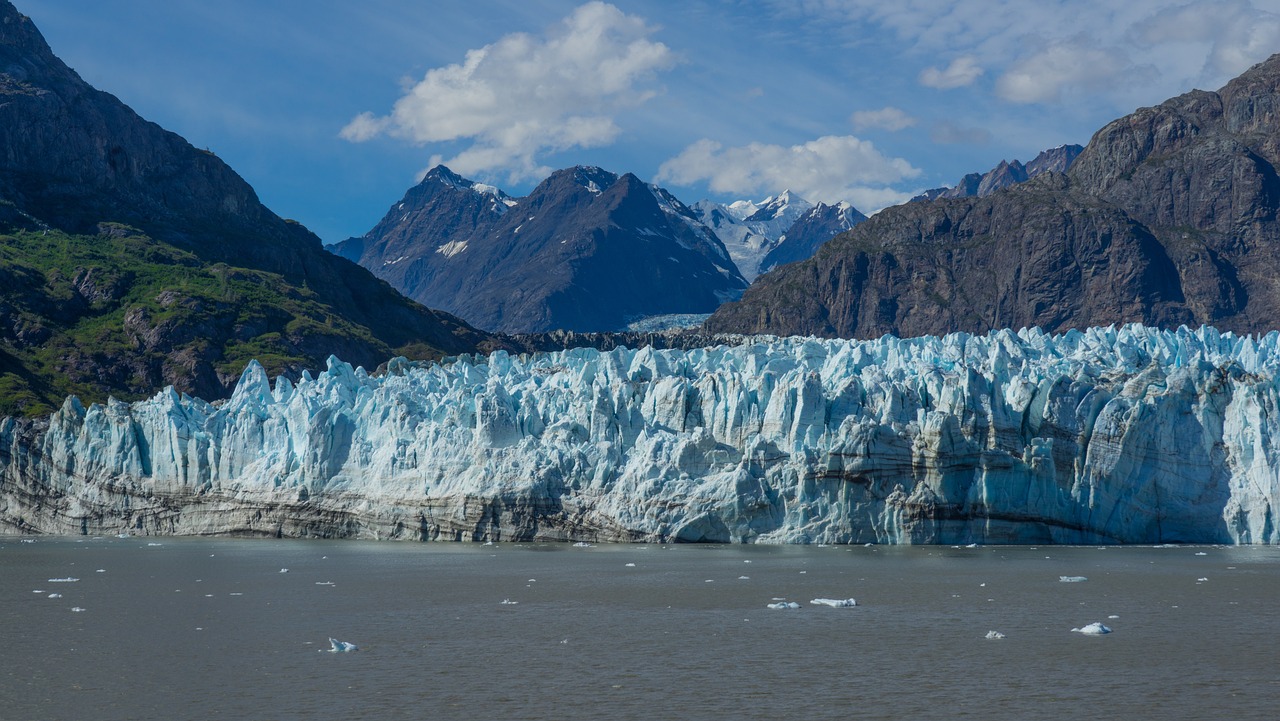Media release
From:
Exclusion of Russian data on Arctic conditions increases pre-existing bias
Exclusion of data from Russian stations will increase the biases of data collected to map conditions in the Arctic, suggests a paper published in Nature Climate Change. The findings highlight the increasing difficulty in quantifying current and future change in this region.
The Arctic is warming at approximately two to four times the global average rate, with potential global consequences. Understanding Arctic change relies heavily on data measured at research stations on the ground. However, following the invasion of Ukraine, international research has continued without Russia, the geographically largest Arctic nation.
Using model data extracted from INTERACT sites (an international network of Arctic research stations) located above 59° N, excluding the Greenland Ice Sheet, the authors quantified the potential impact of excluding Russian sites on the perception of Arctic change. Efrén López-Blanco and colleagues assessed how well Arctic environmental conditions — annual mean air temperature, total precipitation, snow depth, soil moisture, vegetation biomass, soil carbon, net primary productivity and heterotrophic respiration — are represented with and without knowledge from these Russian stations.
The authors show that model data in the network of stations are biased on some Arctic ecosystem variables, even when all Russian stations are included in the dataset, and that the data are not fully representative of the ecosystem conditions across the pan-Arctic domain. The authors indicate that the bias may be due to the locations of these stations, which are typically located in areas of the Arctic that are typically wetter, warmer, and have deeper snowpacks and lower biomass. However, they indicate that this bias increases further when Russian sites are excluded from the network of Arctic research stations. For example, Siberia’s extensive taiga forest is no longer represented with the exclusion of Russia. For some variables, including precipitation and vegetation biomass, the bias is of a similar magnitude to changes expected owing to climate change by the end of the century.
The authors suggest that their findings indicate a pre-existing gap in the knowledge used to track conditions in the Arctic and highlight that the ability to track and project Arctic change has been further reduced as a result of the Russian attack on Ukraine.



 International
International



